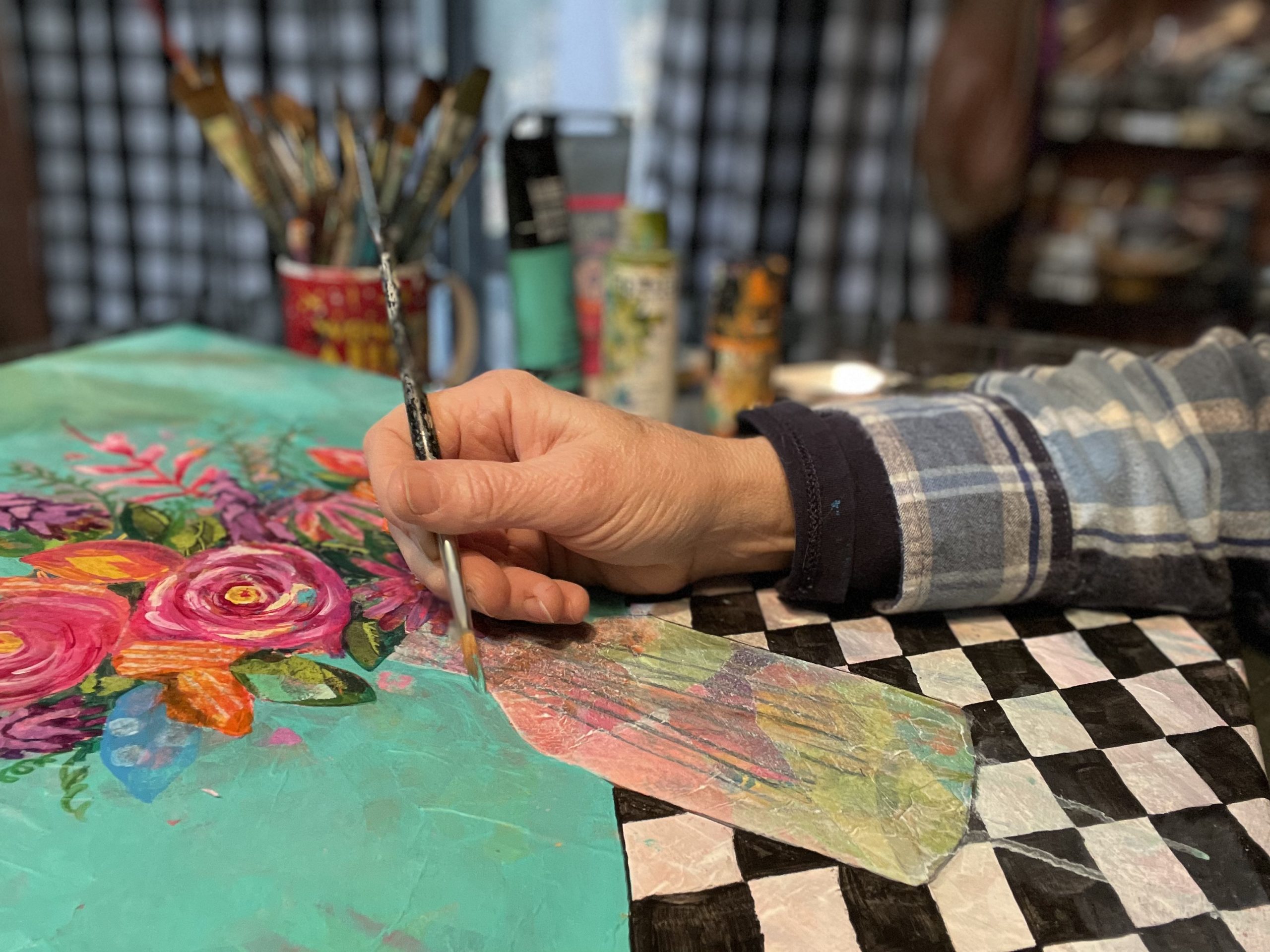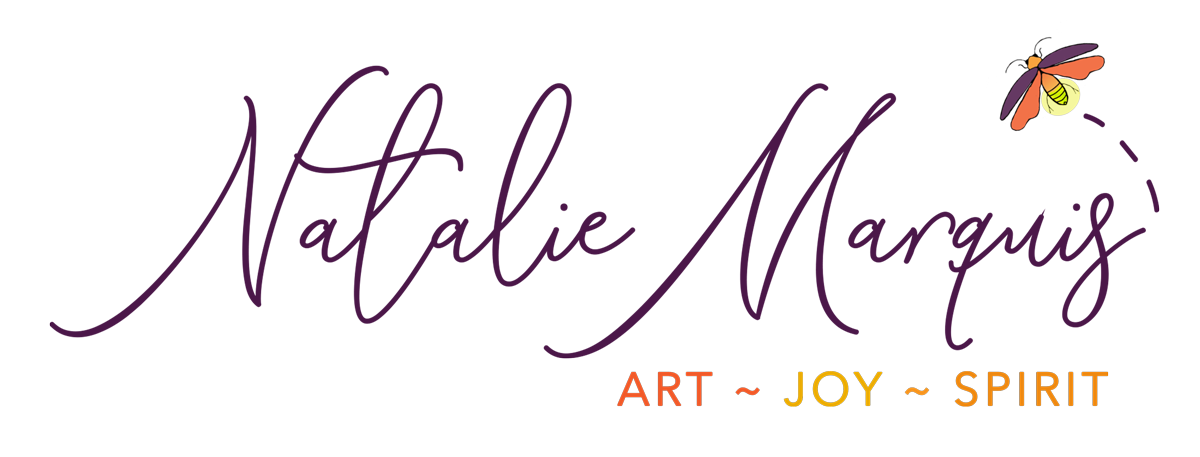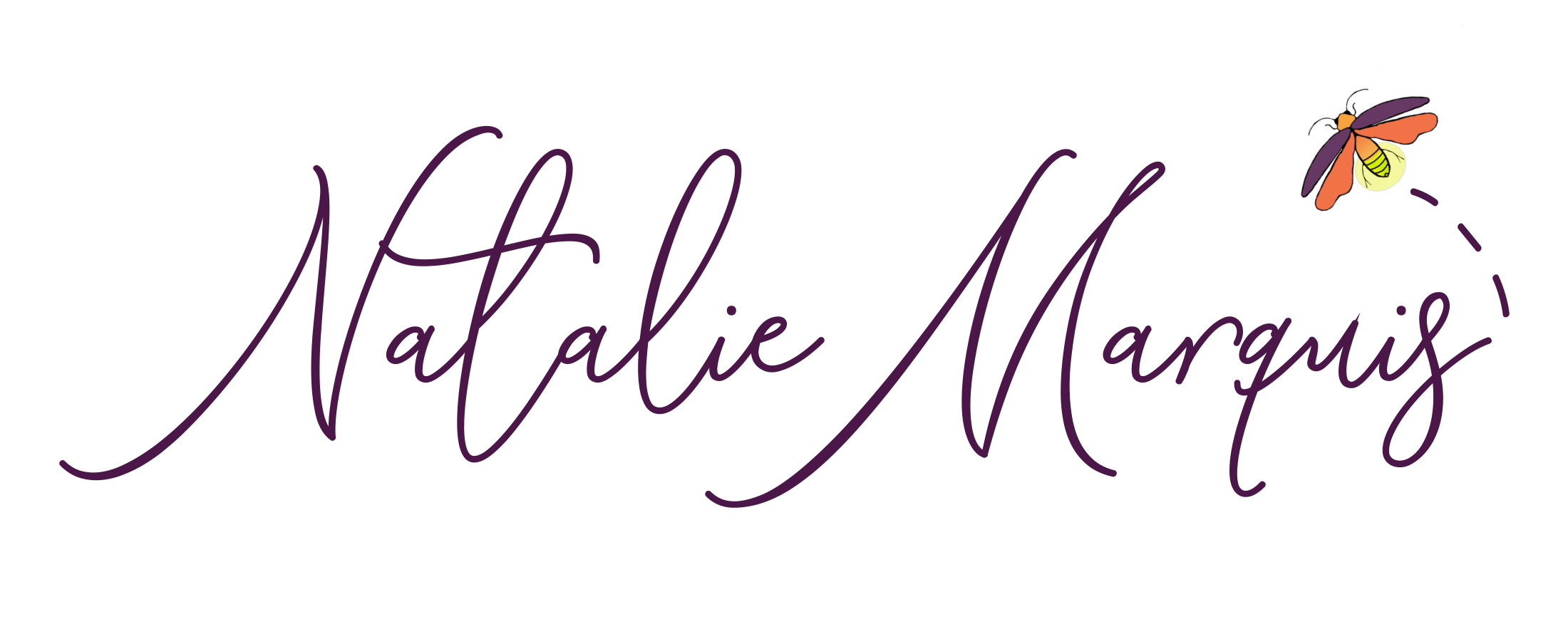Four Ways to Build Your Creative Muscles

Creativity is a Muscle
We all have it. Some of us are body builders and long distance runners, and others are couch potatoes when it comes to how we use, or don’t use, our creativity. Creativity is a muscle that can be nurtured, toned, and exercised to make it stronger, more reliable, and efficient. And, unlike exercise, learning to flex your creative muscle is a lot of fun! In fact, fun is almost a prerequisite for creativity!
Four ways to build your creative muscles
- Take a Different Route– Doing the same thing every day, day in an day out, can be a real creativity killer. Your creativity can literally get stuck in a rut. Instead take a different route to work. Brush your teeth with the opposite hand. Eat dessert first! Occasionally mix up the patterns of your everyday life. This encourages your creativity to also discover new pathways and make new connections.
- Diversify your reading, interests and activities – Pick up and read a magazine you wouldn’t normally buy. Stretch your comfort zone and take a class or a few lessons in something you always wanted to try – guitar lessons, conversational French, beading, or whittling. Almost everytime I visit a bookstore or I’m sitting in a waiting room, I grab a magazine that I typically wouldn’t buy such as Men’s Health, Skateboarding or Today’s Pregnacy in hopes of cross polinating some future idea.
- Stock Your Creative “Well” – Imagine that the source of your creativity is a well. If you draw from the well – pulling out new ideas on a regular basis, then you also need to stock the creative well in order to keep the ideas coming. But why wait? Especially when stocking the well can be so much fun? A date with Creativity – According to Julia Cameron, author of the Artists Way: A Spiritual Path to Higher Creativity, we need to restock our wells with an “Artist Date.” An artist date in its simplest form is an excursion or a play date. The purpose of these ”dates” is to stock your creative well. Some things you can do on your “date” include visiting a junk store, antiquing, visiting a museum, exploring an ethnic neighborhood to take in foreign sights and sounds, or attending a concert. If someone suggests a play or show that you typically wouldn’t go to, think of it as a chance to stretch your creative muscles, and go!
- Embrace a Mindful Practice – Creativity and inspiration need space. All to often though, it’s smothered by constant distractions. To cultivate the space for creativity to bloom, Cameron suggests doing “Morning Pages” which are three pages of hand-written stream of consciousness writing. I think of it as brain-dumping; pouring all my garbled thoughts out onto paper without stopping to correct, judge, or alter anything along the way. Cameron advocates “Morning Papers” as a primary tool for creative recovery. However, I believe any contemplative practice, whether it’s morning pages, meditation, yoga, or even driving without distractions (i.e. talking on the phone or listening to the radio/podcasts), can provide the invaluable quiet space for you to hear your own creative voice.

